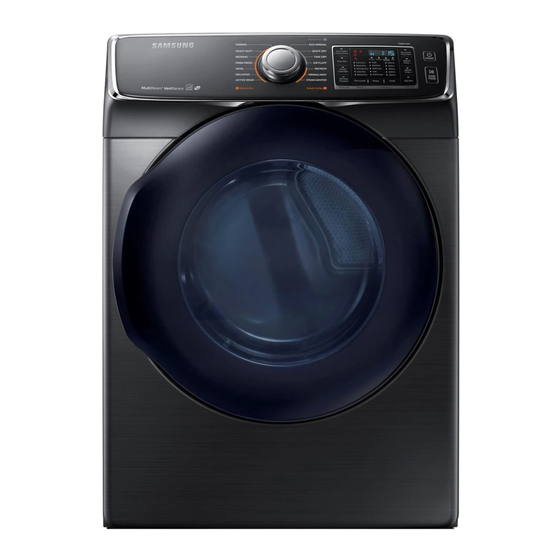
Table of Contents
Advertisement
https://appliancetechmanuals.com
SERVICE
CLOTHES DRYER
DV50K*/DV45K*
Refer to the service manual in the GSPN (see the rear cover) for the more information.
"
This document can not be used without Samsung's authorization"
CLOTHES DRYER
PROJECT : DV7500/6500/6200K
Model Name : DV50K*
DV45K*
CHECK BELOW CHART
Manual
1.
Safety Instructions
2. Features and
3. Disassembly and Reassembly
4. Troubleshooting
5. PCB diagram
6.
Wiring diagram
CONTENTS
Advertisement
Table of Contents















Need help?
Do you have a question about the DV50K Series and is the answer not in the manual?
Questions and answers